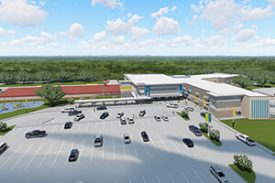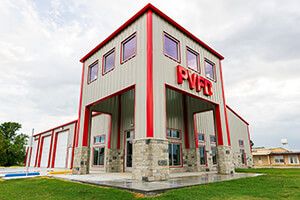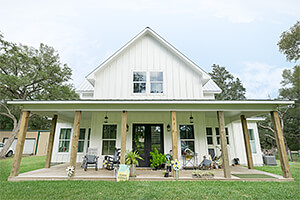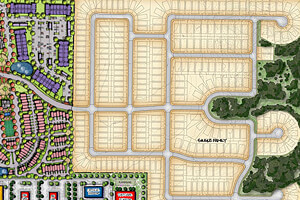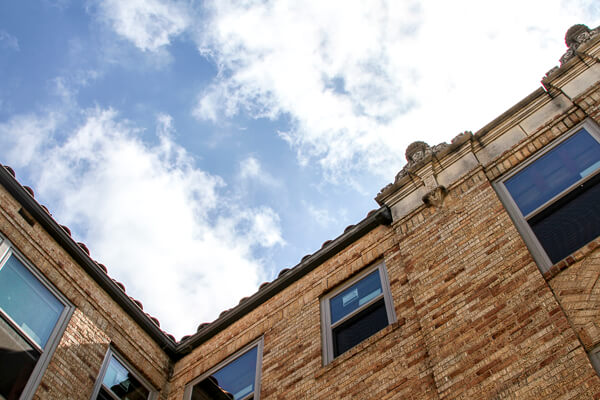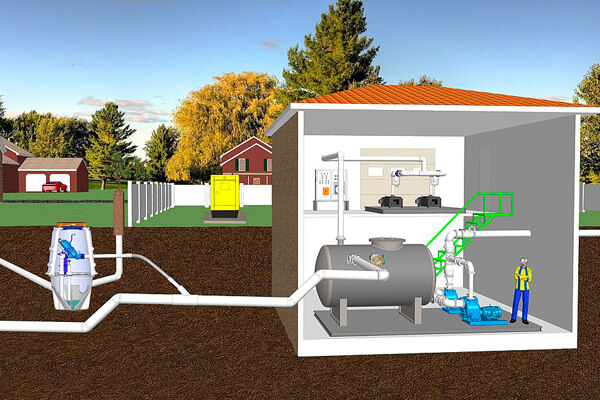- About Us
Resources
"After years of working together, we use Lynn Engineering exclusively and tell the families that we’re building for that they are in good hands."
— Krystle Henson,
KC Coastal, LLC
- ServicesOur team has spent years working throughout the Texas Coastal Bend on projects for both public and private sectors, developing lasting relationships with our clients.
Specializing in designing projects located in the high wind zones of the Texas Gulf Coast. Our experience includes mild reinforced concrete, post-tensioned concrete, timber, steel, and masonry structures.
Windstorm regulations are complex. We will engineer your new construction or alteration project to meet the design requirements of the code.
Land planning, zoning assistance, stormwater analysis and cost estimation for both commercial and residential clients.
Our team has spent years working throughout the Texas Coastal Bend on projects for both public and private sectors, developing lasting relationships with our clients.Specializing in designing projects located in the high wind zones of the Texas Gulf Coast. Our experience includes mild reinforced concrete, post-tensioned concrete, timber, steel, and masonry structures.
Windstorm regulations are complex. We will engineer your new construction or alteration project to meet the design requirements of the code.
Land planning, zoning assistance, stormwater analysis and cost estimation for both commercial and residential clients.
We employ a full-time architecture staff. Our clients benefit from a one-stop shop from planning to design and on to construction.
- Locations
Matagorda, Brazoria, Calhoun, Jackson, Galveston, Chambers and Jefferson Counties
Aransas, Refugio and San Patricio Counties
San Patricio, Nueces, Kleberg and Kenedy Counties
Development in and around the Dallas-Ft. Worth MSA
Matagorda, Brazoria, Galveston, Chambers and Jefferson Counties
Aransas, Refugio and San Patricio Counties
San Patricio, Nueces, Kleberg and Kennedy Counties
Development in and around the Dallas-Ft. Worth MSA
- Projects
Rohe Builders partnered with Lynn Engineering to build a beautiful custom home on the coast in Seadrift, Texas with a wall of large windows that produce beautiful panoramic…
TideWater Properties, a custom homebuilder in Rockport, Texas worked with Lynn Engineering to design and build a beautiful waterfront home on the Texas Gulf Coast.The historic BayTex Hotel on West Sixth Street in Bay City, Texas, first opened in 1927 with 49 guest rooms and a first-floor restaurant, becoming the crown jewel…
The community of Port O’Connor, Texas, south of Victoria on West Matagorda Bay, has experienced growth in recent years. The vacuum or pneumatic sewer system installed in 2000 has been underperforming of late.
Rohe Builders partnered with Lynn Engineering to build a beautiful custom home on the coast in Seadrift, Texas with a wall of large windows that produce beautiful panoramic…
TideWater Properties, a custom homebuilder in Rockport, Texas worked with Lynn Engineering to design and build a beautiful waterfront home on the Texas Gulf Coast.The historic BayTex Hotel on West Sixth Street in Bay City, Texas, first opened in 1927 with 49 guest rooms and a first-floor restaurant, becoming the crown jewel…
The community of Port O’Connor, Texas, south of Victoria on West Matagorda Bay, has experienced growth in recent years. The vacuum or pneumatic sewer system installed in 2000 has been underperforming of late.
- Careers
"The people I work with are interested in me as a person, and not just the job that I do."
— Brandi, Client Relations Specialist
Since August 2016Open Positions
Our Culture
"The people I work with are interested in me as a person, and not just the job that I do."
— Brandi, Client Relations Specialist
Since August 2016
Slab-on-grade vs. post-tension foundations
Pros and cons of each foundation design technique
- Sam Bird, P.E.
- May 18, 2023
For the full conversation, check out full episodes of The Next Level Podcast. The Next Level Podcast is available on Apple Podcasts, Google Podcasts, Amazon Music, iHeartRadio, YouTube and Spotify.
From a structural engineering standpoint, there are several key differences between a regular slab-on-grade foundation and a post-tension foundation:
- Structural Design: A regular slab-on-grade foundation relies on the strength of the concrete and rebar reinforcement to distribute the load evenly across the foundation. In contrast, a post-tension foundation utilizes high-strength steel tendons that are tensioned after the concrete has been poured and allowed to partially cure.
- Reinforcement: In a traditional slab-on-grade foundation, steel reinforcement (rebar) is typically placed within the concrete to enhance its strength and durability. In a post-tension foundation, steel tendons are strategically placed within the concrete before tensioning. These tendons are typically composed of multiple strands or cables that are encased in a protective sheath.
- Load Distribution: A slab-on-grade foundation spreads the load of the structure evenly across the entire foundation area. In a post-tension foundation, the tendons are tensioned to exert a pulling force on the concrete, creating compression within the structure. This compression helps to counteract potential tensile forces and can result in a more efficient load distribution.
- Design Flexibility: Post-tension foundations offer greater design flexibility compared to standard slab-on-grade foundations. The ability to control the tension in the steel tendons allows for adjustments to accommodate varying soil conditions, building loads, and structural requirements. This flexibility can result in more efficient designs and potentially cost savings.
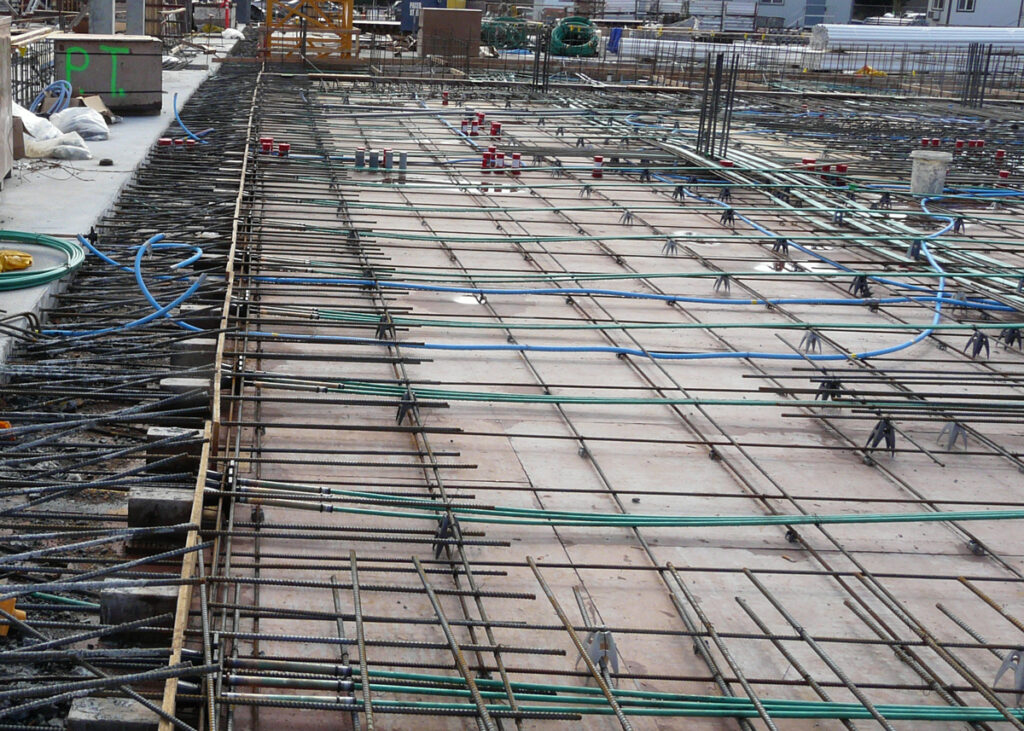
Another advantage of post-tension foundation design is construction efficiency. The use of post-tensioning can expedite the construction process as it requires fewer concrete materials and simplifies the installation of reinforcing tendons. This can lead to faster project completion times and potential cost savings.
Post-tension foundation design does come with its own set of challenges that need to be considered by the contractor and end user.
- Cost: Post-tension foundations typically require specialized design, materials, and installation techniques, which can lead to higher upfront costs compared to traditional foundations. However, the long-term benefits may outweigh the initial investment.
- Expertise Required: Designing and constructing post-tension foundations require specialized engineering expertise and experienced contractors. Hiring professionals with knowledge in post-tensioning is crucial to ensure proper installation and performance.
- Maintenance Challenges: While post-tension foundations are generally durable, they may require periodic inspections to monitor the integrity of the tendons and address any potential issues. Maintenance and repairs, if needed, can be more complex and costly compared to conventional slab foundations.
- Limited DIY Options: Post-tensioning is a specialized technique that is typically not suitable for do-it-yourself (DIY) projects. Professional expertise and equipment are necessary to ensure the proper installation and tensioning of the tendons.
- Risk of Failure: Although rare, if post-tensioned tendons are not properly installed or maintained, there is a risk of failure. This could lead to structural issues, including cracks or even collapses. However, with proper design, installation, and ongoing maintenance, these risks can be minimized.
An additional limitation of post-tension slab design is that it can’t always be used. If there is not enough space for the equipment or a grade beam does not have a defined exterior face to place the dead and live sides of the wire for the tensioning operating, those instances will require conventional rebar in a slab-on-grade design.

It’s important to note that the selection of the foundation type depends on various factors such as site conditions, project requirements, budget considerations, and the expertise available for design and construction. Consulting with the qualified structural engineers at Lynn Engineering will help you determine the most suitable foundation system for a specific project.
Lynn Engineering is here to help with any questions you may have about foundation design. Speak with our professionals or schedule an inspection today. Our experts in design for coastal construction can provide the guidance you need for your repairs, alterations and new construction projects.
Engineering is complicated. We make it easy.
